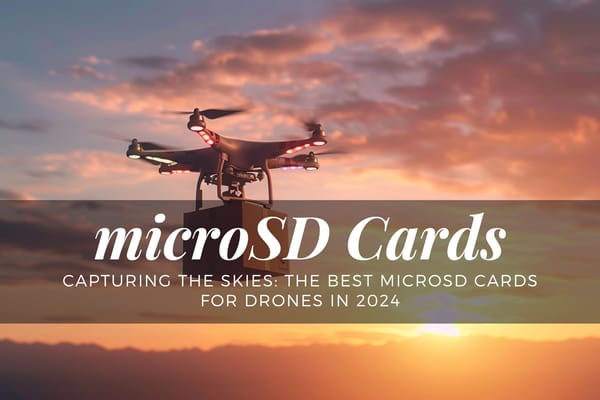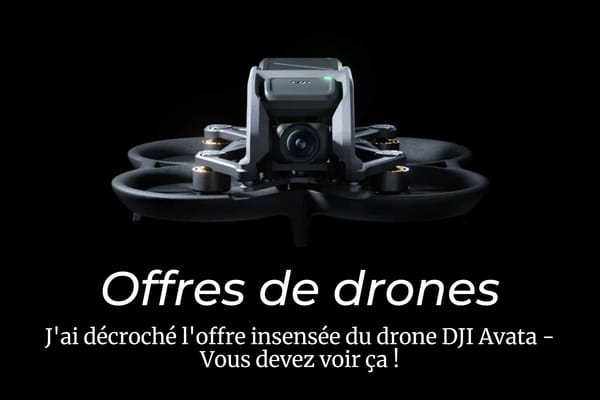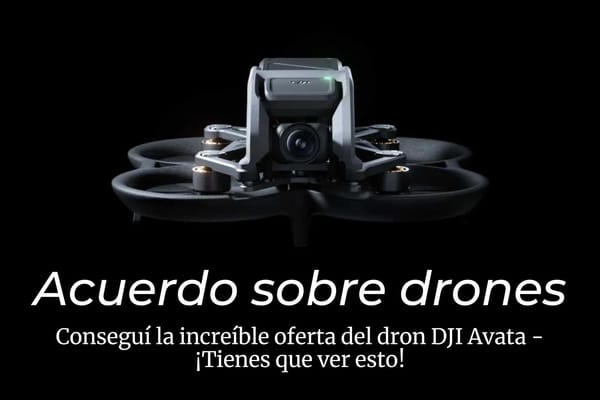The Top 50 New Drone Pilot Mistakes To Avoid
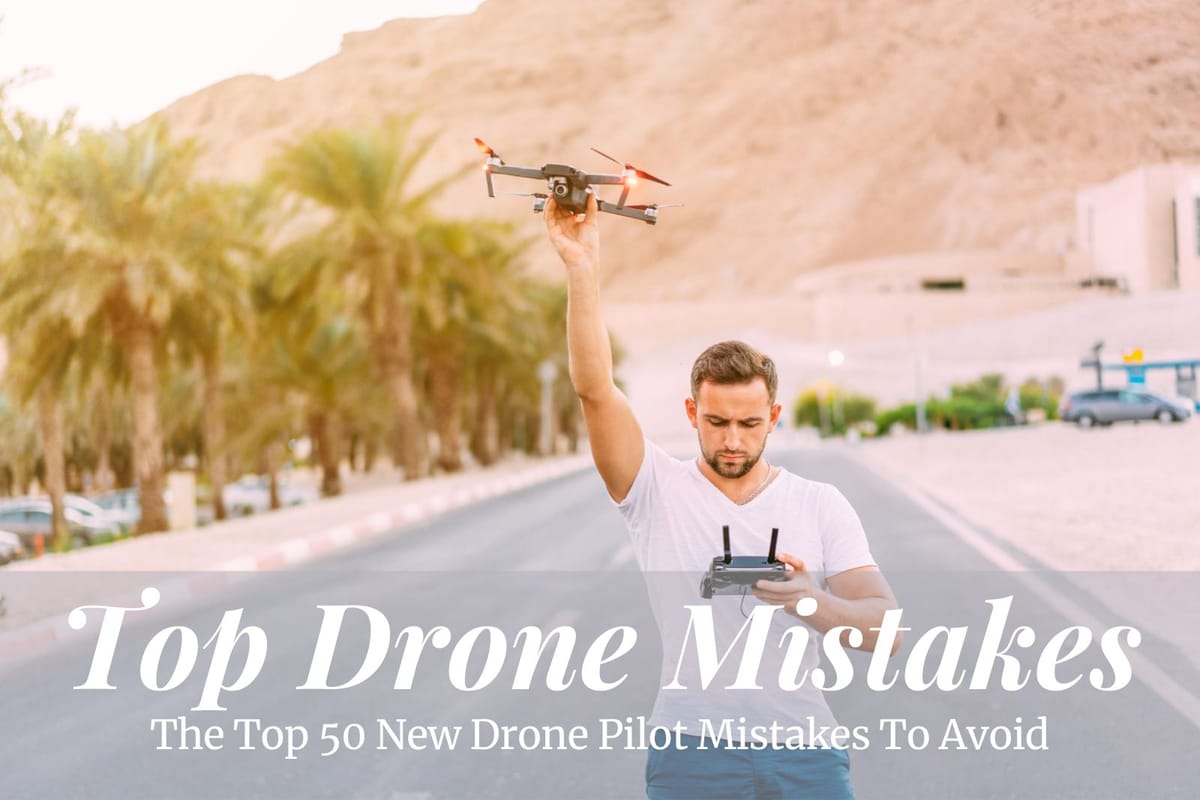
Are you a new drone pilot looking to make sure your flight experience is top-notch and error-free? Do you want to know what rookie drone pilot mistakes to avoid when flying in airspace that's unfamiliar and regulated? With the rapidly growing popularity of drones, proper usage has become increasingly important.
That’s why learning how to fly correctly from day one could very well save you time, money, resources - and potentially even more! To help get these rookies off the ground with their endeavors, let’s take a look at the top 50 drone pilot mistakes commonly made by inexperienced or unaware pilots.
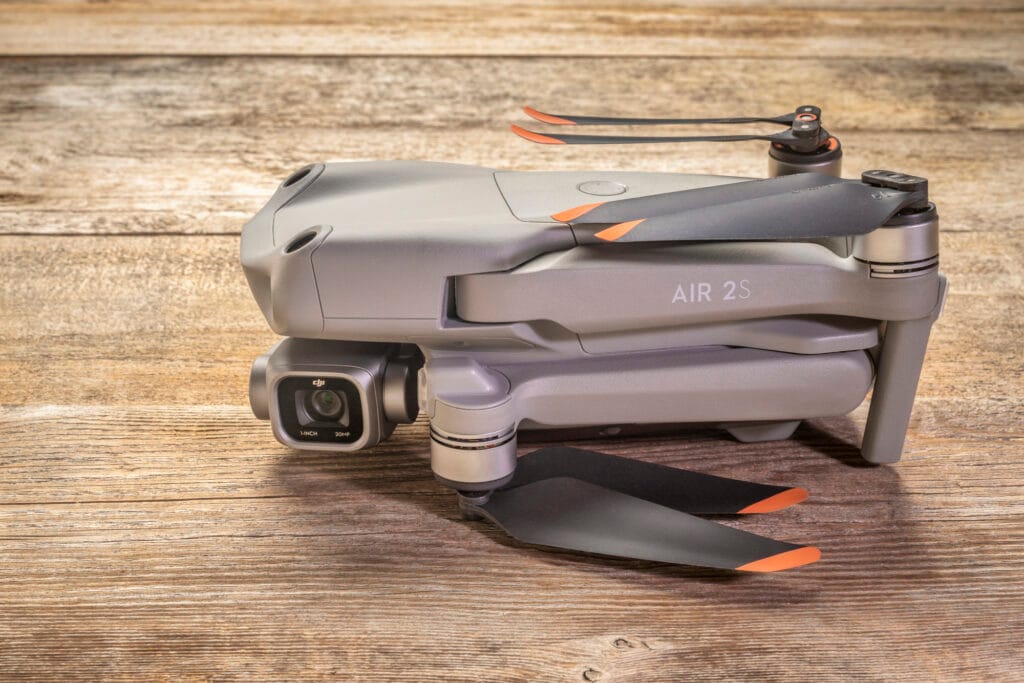
1. Not understanding airspace rules and regulations
One of the most common drone pilot mistakes make is not understanding the airspace rules and regulations. The Federal Aviation Administration (FAA) has strict regulations that must be followed when flying a drone. The regulations vary depending on where you are flying, so it’s important to research and understand the airspace classification in your area before taking off. The last thing you want is to be fined or have your drone confiscated for flying in an area that’s restricted.
2. Not having the proper equipment
One of the most common drone pilot mistakes that new drone pilots make is not having the right equipment for the job. The wrong equipment can waste your time, money, and energy. The good news is that you don't need to buy every piece of equipment at once. You'll want to start with a few basic pieces like extra batteries, an HD monitor or goggles, an SD card reader, and an FPV controller if you are using one.
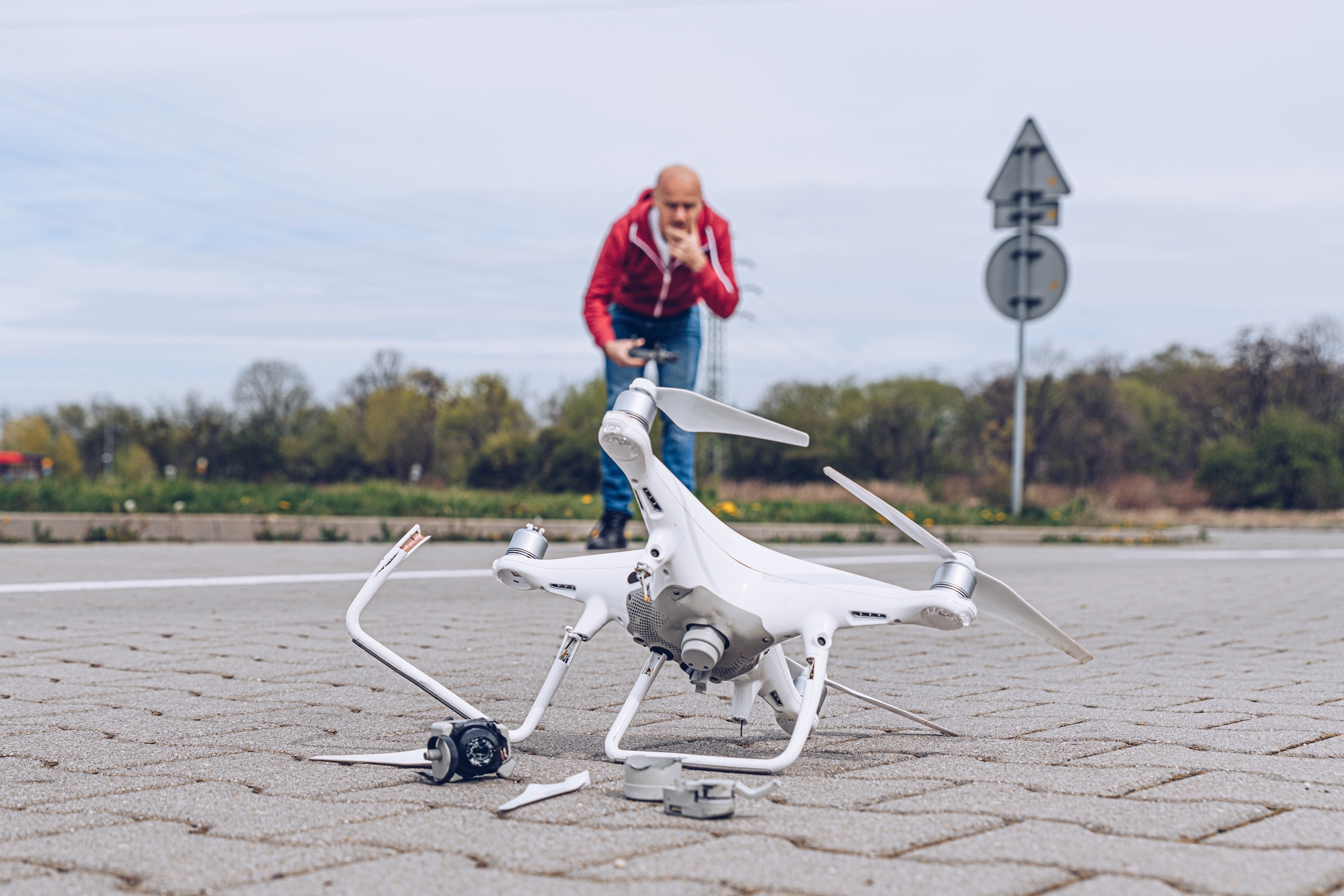
3. Flying too close to people or buildings
No matter where you are, the law requires that you stay at least 30m away from people or buildings when flying a drone. The reason for this is that if anything happens to your drone, you can avoid injuring anyone or damaging any property. The rules also vary depending on the type of airspace, so it is important to make sure you are familiar with the regulations before taking off.
4. Flying in hazardous weather conditions
Another common drone pilot mistakes that new pilots make is flying in hazardous weather conditions. The wind can be unpredictable, and gusts of wind can cause your drone to lose control and crash. The same applies to rain, snow, or other extreme weather conditions. The FAA requires that all drones be flown in safe and visible conditions, meaning if the wind is too strong or there is a risk of any kind of hazardous weather condition, it’s best not to fly your drone.
5. Operating a drone while distracted
Operating a drone while distracted is one of the top mistakes new pilots make. The FAA requires all pilots to keep their eyes on their aircraft and maintain visual line-of-sight contact at all times. Distractions like talking to passengers, checking phones, or paying attention to the scenery can cause a pilot to lose control of their drone.
6. Failing to register your drone with the FAA
If you plan to fly your drone in the United States, you must register it with the Federal Aviation Administration (FAA). The registration is free and requires little effort, but unfortunately, many new pilots fail to register correctly or at all. The FAA is serious about enforcing its rules regarding drone registration and can levy heavy fines on those who are not compliant.
7. Not following safety protocols when in public places
When you’re out flying in public areas, it’s important to remember that the people around you may not be as familiar with drones as you are. To ensure their safety and yours, always follow the FAA’s strict safety protocols when operating a drone in public areas.
8. Not checking for no-fly zones before taking off
No-fly zones, or NFZs, are areas where drones are prohibited from flying due to safety and security concerns. The Federal Aviation Administration (FAA) has established some NFZs in the US, but many states and local governments also have restrictions. Before taking off with your drone, it’s important to check for any NFZs in the area and make sure you understand the rules and regulations.
9. Operating a drone beyond its line of sight
Operating a drone beyond its line of sight can be dangerous and illegal, depending on the jurisdiction. The Federal Aviation Administration (FAA) generally prohibits operating an Unmanned Aircraft System (UAS) outside the visual line of sight of its operator. Depending on the type of airspace, UAS may also require special authorization to fly within the visual line of sight.
10. Not using the right software or app to monitor your flights
Having the right software or app to ensure that you are following all the rules and regulations of flying a drone is essential. The wrong software can lead to fines, restrictions on where you can fly, and other consequences. The DJI GO 4 Flight Simulator App or DJI Simulator is an excellent choice for helping new pilots learn the basics of drone flying and also provides real-time access to local airspace regulations.
11. Not properly monitoring battery life and status
It’s easy to overlook the importance of battery life and status. The last thing you want is for your drone to run out of power suddenly while in flight, leaving you stranded with an expensive piece of equipment that’s no longer functioning. To make sure this never happens, always keep a close eye on your battery level so you know when it’s time to land.
12. Flying in prohibited areas or airports without permission
No matter how harmless you think your drone activity is, it is illegal to fly in prohibited areas or airports without prior permission. The FAA maintains a list of places where drones are prohibited outright, as well as special rules for flying around airports and military installations. Be sure to research any local restrictions in your area before taking off.
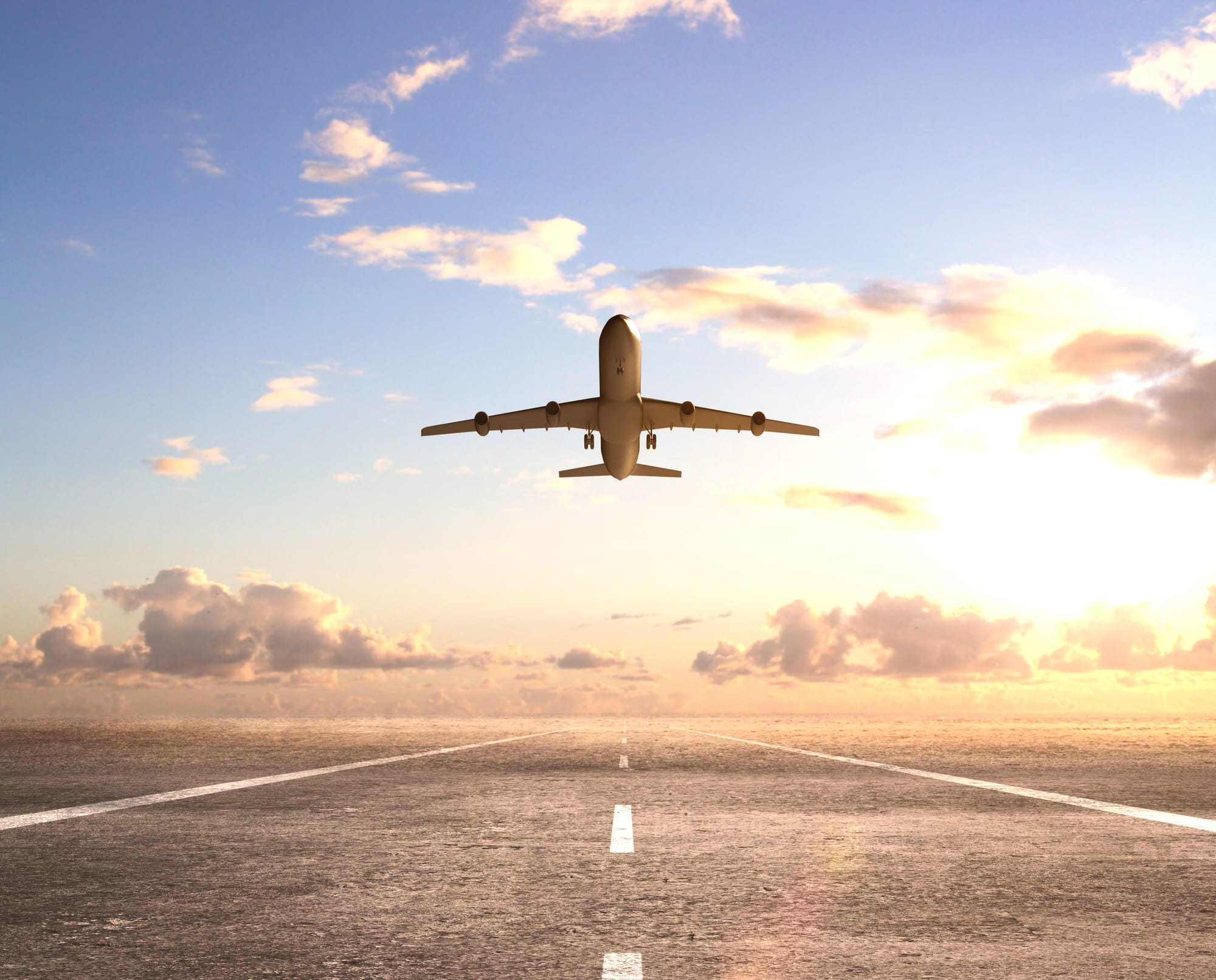
13. Attempting to operate a damaged drone
Never attempt to operate a damaged drone. Not only can this cause further damage, but you could also be held liable if the drone malfunctions while in flight and cause any harm or property damage. Before each flight, inspect your drone thoroughly to check for any visible signs of wear and tear. If there is any damage, have the drone serviced by a professional drone pilots before flying it again.
14. Not taking advantage of geofencing technology
Geofencing technology can be very useful in preventing drone pilots from inadvertently flying into restricted airspace. The technology establishes virtual boundaries around no-fly zones, and if a pilot attempts to take off within those boundaries, they will receive an alert warning them of the restriction. This is incredibly important for staying safe while in the air and avoiding costly mistakes. Be sure to check out Aloft (formerly Kittyhawk) on Android or iOS to check for advisories in your airspace and more.
15. Taking off in an area with high electromagnetic interference
Drone pilots need to be aware of their surroundings and the potential for high electromagnetic interference when flying their drones. The most common sources of such interference are cell towers, power lines, and other electronic devices. The higher the level of interference, the more difficult it is for a drone pilot to send commands to their drone and remain in control.
16. Failing to update the drone’s operating software regularly
A drone is a complex piece of technology that requires attention to stay up-to-date and run smoothly. The same goes for its operating software. The manufacturer will periodically release updates to the software, some of which may be critical to maintaining safety features or keeping up with changing regulations.
17. Not checking the airspace before take-off and during flight
It’s important to make sure that your drone is not flying in restricted airspace. Before you launch, check with local airports and aviation authorities to see if any special rules apply. The vast majority of commercial drones are limited by altitude so it’s likely that you’ll need a waiver for any flight above 400 feet high.
18. Flying too close to wildlife
It's tempting to fly close to animals, but this could cause them considerable stress. The noise of a drone can also be very disruptive for wildlife and make it difficult for them to go about their day. The best thing you can do is stay far away from wild animals when flying your drone.
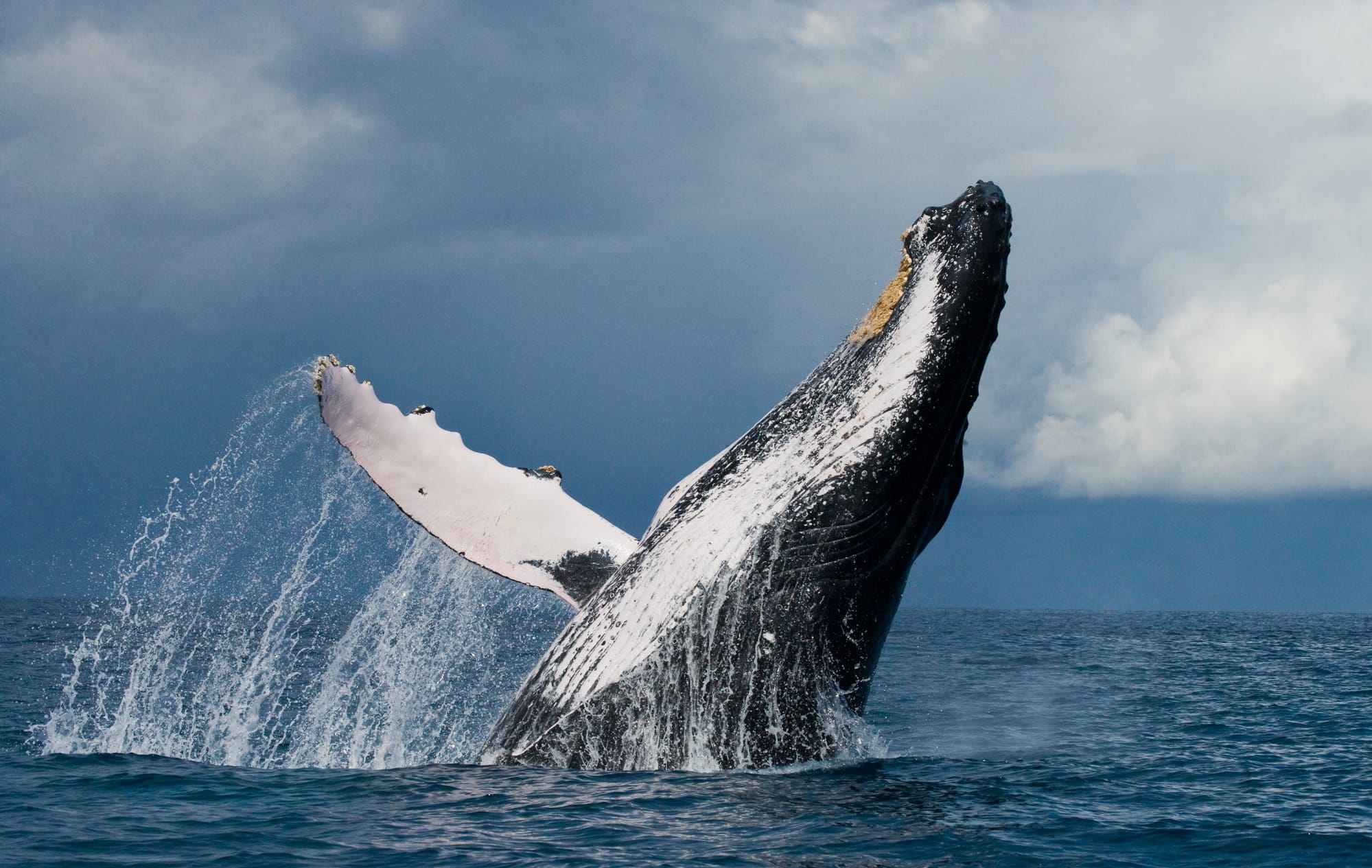
19. Flying at night without the proper lighting and/or authorization
Night flying can be an incredibly thrilling experience, but it should not be taken lightly. The FAA requires all drones to have proper lighting if they are going to be flown at night, and you must seek authorization from the FAA before any night flights.
20. Not following operational protocols for public events or large gatherings
Drone operators need to know and follow the protocols established by local authorities or event planners when flying in public spaces or near large gatherings. The rules may vary depending on the location, so it's a good idea to do research ahead of time and understand any pertinent regulations.
21. Flying in an area where drones are not allowed, such as military bases or national parks
Before you fly, always make sure the area is open to drones. The Federal Aviation Administration (FAA) has a website that can help you find out what areas are off-limits.

22. Trying to fly a drone under the influence of drugs or alcohol
Never attempt to fly a drone while under the influence of drugs or alcohol. The Federal Aviation Administration (FAA) strictly prohibits operating aircraft, which include drones, while impaired due to drugs or alcohol and violators will be subject to civil fines and criminal penalties.
23. Not using a reliable source of navigation and tracking data
Navigation and tracking data is an invaluable tool for drone pilots, allowing them to monitor their flight routes and track the drone’s location. The data can also be used to log locations of interest that may require revisiting or future exploration.
24. Failing to secure the drone before transporting it
One of the top 50 new drone pilot mistakes to avoid is not securing your drone before transporting it. Not properly securing your drone can lead to unexpected accidents that could result in serious damage or injury. The best way to make sure you’re keeping your drone safe during transport is to use a quality carrying case and secure it with straps or bungee cords.
25. Operating the drone while under the age limit
The FAA and other regulators have set certain age limits for operating drones for commercial purposes. You must consider this before operating a drone – even if it’s just for recreational purposes. The FAA requires any drone pilot over the age of 16 to have a valid Remote Pilot Certificate and be registered with the FAA.
26. Attempting to fly out of visual range or beyond maximum distance limits
The majority of drones have a maximum flying distance and/or a visual range limit that must be adhered to. The FAA has imposed several regulations on drone operations, including the requirement that all operators stay within their line of sight while flying.
27. Ignoring the weather
Weather can be a major factor in the success of your drone flight. The wind and rain can affect visibility, camera stability, and even the capability to control your drone. Therefore, you must check the weather conditions before taking off with your drone. The National Weather Service provides a useful resource to help you stay informed of any upcoming weather changes in your area and make sure you adjust any flight plans if needed.
27. Flying over private property without permission
It's important to remember that when you are flying your drone, you may be over private property. It is always important to get permission from the property owner before doing any kind of flying. The FAA has strict regulations regarding the use of drones over private property and failure to abide by those rules can lead to fines or even jail time.
28. Ignoring local, state, or federal laws and regulations
All drone pilots must be aware of and adhere to the relevant laws and regulations where they are flying. The Federal Aviation Administration (FAA) has issued safety guidelines for recreational and commercial drone pilots operators, with additional rules set by local or state governments in some areas.
29. Not having adequate insurance coverage
Ensuring that you have adequate insurance coverage is essential for any drone pilot. The UAV (unmanned aerial vehicle) industry is rapidly evolving and it’s important to make sure that your policy keeps up with the most current regulations and technologies. Inadequate insurance coverage can put your business at serious risk if an accident or injury were to occur.
30. Failing to properly inspect the drone before take-off
Properly inspecting your drone before take-off is one of the most important safety steps a new drone pilot can take. The inspection should include ensuring that all the parts and components are securely attached, that all batteries are fully charged, and that there are no visible signs of damage.
31. Trying to fly a drone in bad weather conditions (e.g., strong winds, fog)
Flying drones in poor weather conditions can be very dangerous, not only to you but also to the property and people around you. The strong winds and heavy fog can easily cause your drone to crash or fly away out of control. The best way to ensure safety is to avoid flying a drone in bad weather conditions altogether.

UAV Forecast
UAV Forecast is a great way for Unmanned Aerial Vehicle (UAV) operators to check their flying conditions. It combines weather forecasts, visible GPS satellites, and solar flare (Kp) activity, to generate the best report and forecast possible.
32. Unintentionally interfering with other aircraft during flight
When flying a drone, it is important to be aware of the airspace you’re operating in and other aircraft activity. The FAA requires that all drones fly below 400 feet, and commercial pilots are required to maintain an altitude of 500 feet or higher when near airports. Unintentionally interfering with these aircraft can lead to serious legal trouble, so it’s important to make sure you know your airspace and the regulations that apply to it.
33. Trying to fly a drone over restricted airspace or near airports
Restricted airspace is marked on aviation maps and all drone pilots must check these maps before flying. The FAA prohibits the operation of any type of unmanned aircraft near airports without prior authorization from the airport operator. The same applies to military bases, public events, and other areas with restricted airspace. Violations can lead to hefty fines or even jail time.
34. Not properly storing the drone and its accessories (e.g., spare parts, extra batteries)
When it comes to drones, the safety and proper storage of the device and its components are extremely important. The best way to ensure that your drone and its accessories are properly stored is to invest in a storage case that provides protection from the elements and can help prevent damage.
35. Attempting to fly without obtaining the necessary permits
Drone flying is heavily regulated, and requires certain permits and licenses to be obtained before you can legally fly your drone. The specific rules depend on your location, and you can find out more about their requirements from the local aviation authorities. It is important to abide by these regulations for safety reasons, as well as to avoid any legal problems that may arise from attempting to fly without obtaining the necessary permits and licenses.
36. Flying in areas where filming or photography is prohibited (e.g., national parks, military bases)
or operating too close to airports and airspaces without permission. The FAA has strict rules around where it is permissible to fly a drone, so make sure you understand these regulations before taking off. Additionally, be sure to check with the local airport or air traffic control tower for any restrictions, as failure to do so could result in big fines or even jail time.
37. Not using the right protective measures while piloting (e.g., goggles, reflective vests)
Even the most experienced pilots can forget to take the right safety precautions while operating their drones. The best way to avoid unnecessary risk is to always wear protective goggles when flying, as well as a reflective vest or other brightly colored clothing so that you’re visible even in low light conditions.
38. Failing to take into account the effect of wind on drone stability and performance
Drones are light and can be affected by strong gusts of wind. The wind can cause turbulence that affects drone market stability and performance, which could result in a loss of control or even a crash. To avoid this, it is recommended to check the weather report before flying to ensure there is no risk of strong winds.
39. Not being aware of other aircraft in the area during flight
It’s essential to be aware of other aircraft in the area before and during your flight. The Federal Aviation Administration (FAA) requires drone pilots to maintain a visual line-of-sight at all times, which means that you need to keep an eye out for any planes or helicopters that may be flying in the vicinity. The best way to do this is to check the latest NOTAMs (Notice To Airmen) before each flight and be mindful of any other aircraft flying nearby.
40. Not having an effective system for tracking and recording flights/data
It is important to have an effective system for tracking and recording all flight data. This ensures that you can accurately measure your performance, identify mistakes, and make improvements as needed. Additionally, this will help in case of any incidents or accidents during a flight as this data can be used to review exactly what happened and why. The best way to record this data is to use a reliable tracking and recording app on your mobile device.
41. Attempting to fly a drone in a crowded area without proper authorization
Drones are becoming increasingly popular and, as such, airspace can become crowded in certain areas. It is important to stay mindful of this when operating a drone - especially if you plan on flying in or near populated areas. Before taking off, faa reauthorization act, check for notifications from your local aviation authority regarding any special rules that may apply to the area you’re flying in, and always make sure to practice safe flying techniques such as keeping your drone within line of sight at all times.
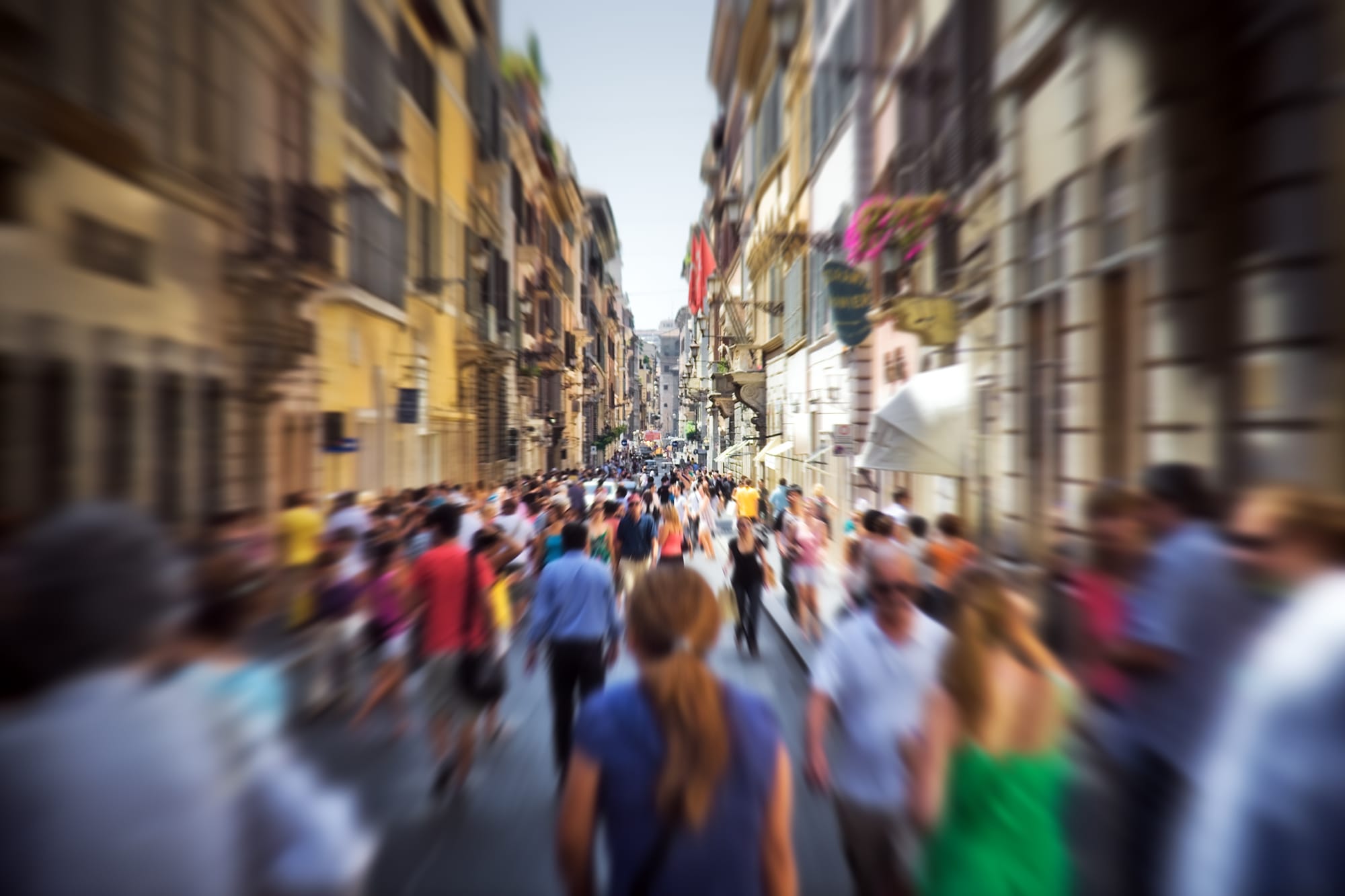
42. Failing to have adequate signal or Wi-Fi connectivity for the safe operation of the drone
When flying a drone, it is important to have reliable and adequate signal or Wi-Fi connectivity to ensure safe operation. The most common causes of weak signals are obstructions such as buildings or trees, as well as the distance from the controller and inadequate power supply. To prevent any loss of connection, make sure that your device has a strong signal before you begin flying and check for adequate Wi-Fi connectivity in your area.
43. Flying a Drone over People or Public Property
Unless you have a special permit from the FAA, flying a drone over people or public property is illegal. The regulations prohibit drones from flying over “any congested area of a city, town, or settlement” as well as any open-air events that are attended by more than 1,000 people. The airspace restrictions also apply to flying over government property, public parks, schools, and other areas where large numbers of people may be present.
43. Operating the drone without having sufficient knowledge about its features and functions
Many drone pilots, especially new ones, tend to overlook the importance of gaining sufficient knowledge about their drone's features and functions. The lack of understanding of the capabilities and restrictions of your drone can result in safety issues or other unwanted incidents. The best way to ensure you know how to operate your drone correctly is to read up on the manual that came with it and even ask experienced drone pilots for advice.
44 . Forgetting to check with local authorities before taking off/landing
Drone pilots need to always be aware of the controlled airspace rules in their respective jurisdictions. The local aviation authority may have restrictions on where a drone can and cannot fly. The regulations vary from place to place, so it is recommended that you check with the relevant authorities before flying your drone.
45 . Failing to adhere to all air traffic control regulations (e.g., no-fly zones)
When flying your drone, you must always ensure that you’re adhering to all air traffic control regulations. The Federal Aviation Administration (FAA) has established certain no-fly zones where drones are not allowed, such as airports and military bases. Ignoring these regulations can result in hefty fines or even jail time, thermal sensors, so it’s important to familiarize yourself with all air traffic control regulations before taking off.
46. Not being aware of the potential risks associated with using drones
The use of drones brings with it potential risks and liabilities which need to be understood. The pilot should be aware of the possibility of harm to people, property, or other aircraft, and take all reasonable steps to minimize these risks. A good risk assessment and understanding of the relevant regulations are essential before taking any drone flight.
47. Operating the drone near birds or other animals that could be endangered by its presence
It is important to be aware of your environment and surroundings when operating a drone usage. The presence of other animals, especially endangered species, can be negatively impacted by the drone’s noise and movement. Therefore, it is best to keep your distance from these creatures or avoid them altogether if possible.
48 . Using an outdated version of software or firmware on the drone
The software and firmware keep your drone running efficiently, so it's important to always check for updates and stay up-to-date. The last thing you want is for the drone’s performance to be affected due to outdated versions. Research online to make sure you are using the latest version of any software or firmware that your drone needs.
49 . Trying to fly a drone beyond its technical limits
Drones are amazing pieces of technology, but they do have their limits. Make sure to stay within the specifications of your drone such as speed and range. Flying too far away can cause a loss of connection between the remote and the drone, meaning you will not be able to control it anymore. The same goes for flying too fast – if your drone isn’t designed for high speed, attempting to push it faster than normal will most likely result in a crash. Make sure you know the specs of your drone and stay within them when flying.
50. Not properly informing bystanders of your plans before taking off.
The last thing anyone wants is a surprise when operating a drone. Before taking off, make sure to inform bystanders of your plans so they remain aware of your presence and potentially avoid any potential midair collisions or other accidents.
Drone pilots must be aware of the potential risks and mistakes that can occur when flying, as well as understand the airspace rules and regulations set out by The Federal Aviation Administration (FAA) and other governing bodies. By avoiding these top 50 new drone pilot mistakes mentioned above, sound waves, you will help ensure that you are safe while flying and operating your drone responsibly.
The key is to stay informed, research all laws and regulations, remain vigilant throughout your flight, and get the proper equipment for each job or situation. With this information in mind, you will be well on your way to becoming an experienced and successful drone pilot!
FAQs
Do and don'ts of drones?
The top 50 new drone pilot mistakes to avoid are detailed in our guide below. These include everything from ensuring that you have up-to-date knowledge of uncontrolled airspace restrictions and aviation rules, to having the correct registration documentation for your drone and avoiding flyaways. Knowing how to choose the right safety protocols for various conditions, such as weather and terrain, is also essential for responsible flying.
Is there a future for drone pilots?
The drone industry is a fast-growing microcosm of aviation that offers big opportunities for pilots. The demand for drone operators has been steadily increasing as businesses, governments and organizations begin to recognize the potential of unmanned aerial vehicles (UAVs) in mission-critical operations. With proper training, certification, and experience, there are plenty of high-paying opportunities for drone pilots both now and in the future.
What are some safety tips for drone pilots?
The key to operating drones safely and responsibly is understanding the rules and regulations that govern their use. The Federal Aviation Administration (FAA) has established guidelines for the safe operation of drone aircraft, which should be followed at all times.
Can drones be programmed to follow you?
Yes. The majority of consumer drones come with a ‘follow me feature that allows the drone to autonomously follow either an object or person. The feature utilizes GPS, computer vision, and visual tracking to fly in the air at a certain distance from its target. This can be programmed into the drone via pre-defined settings and then activated with a tap on your smartphone or controller.
Why can't I fly my drone above 400 feet?
The FAA has set limits on the cruising altitude at which a drone can be flown. The maximum legal altitude for a drone is 400 feet above ground level unless otherwise authorized by the FAA. The high altitude limit prevents drones from interfering with airplane traffic and helps to maintain safety in the skies.
Conclusion
I hope this article has helped identify The Top 50 New Drone Pilot Mistakes To Avoid. As a drone pilot, it is important to know what mistakes you should avoid when flying your drone to ensure that you are compliant with the rules and regulations set by the FAA and other local governing bodies. By avoiding these common mistakes, you can ensure that you are always operating safely and responsibly.
